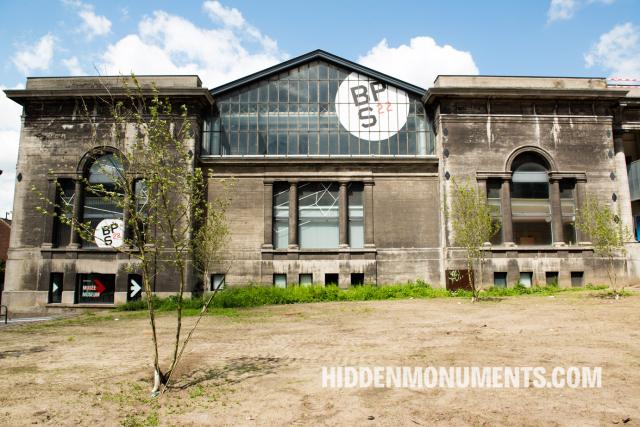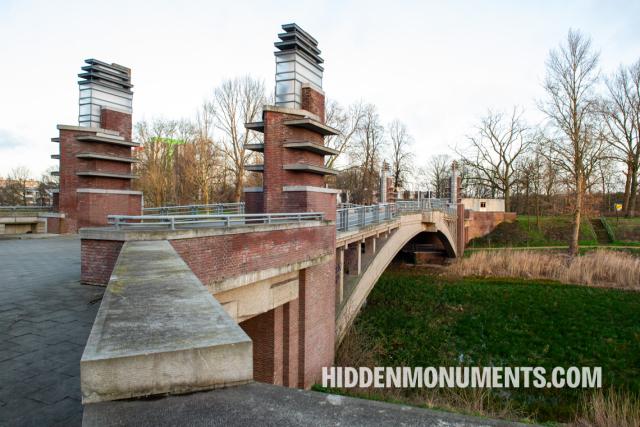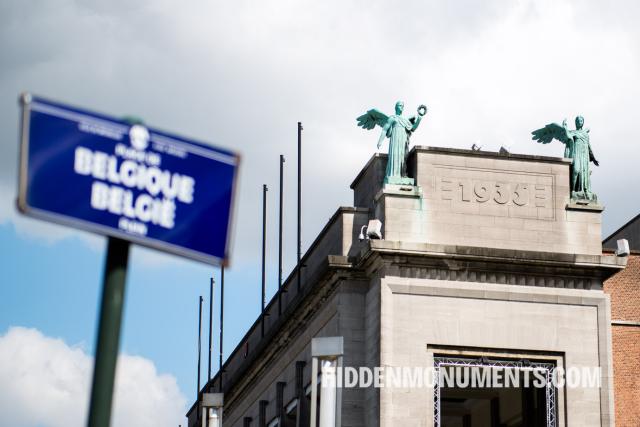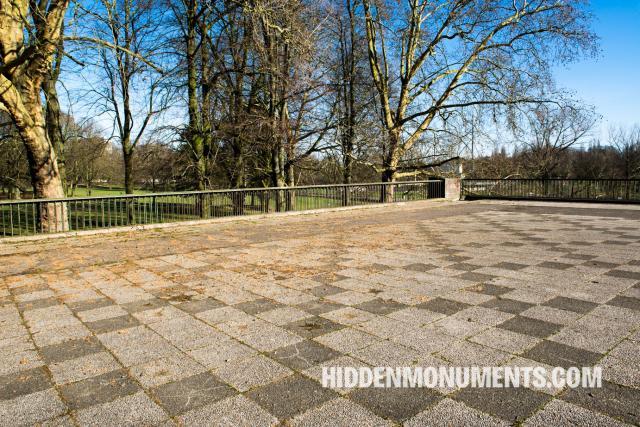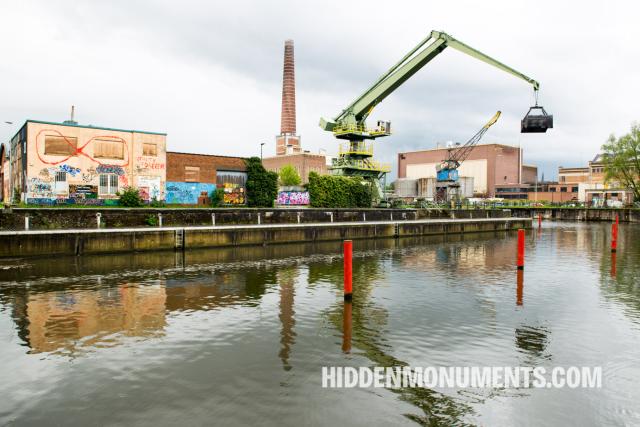Despite its small size, Belgium has been a prominent host of World Exhibitions, leaving a significant cultural and architectural legacy. These exhibitions, held in cities like Ghent, Charleroi, Liège, Antwerp and Brussels, showcased the nation's industrial prowess and cultural richness, cementing Belgium’s place on the global stage.

The 1911 Charleroi Universal Exposition
Charleroi, an industrial powerhouse in Belgium, hosted the Universal Exposition in 1911. This event was a significant moment for the city, known for its coal mining and steel industries. The exposition highlighted Charleroi's industrial achievements and its importance to Belgium's economy.
The 1913 Ghent International Exposition
The 1913 Ghent International Exposition was a landmark event for Belgium. It celebrated the nation's economic strength and cultural heritage just before the outbreak of World War I.
The 1930 Antwerp World Expo
In 1930, Antwerp hosted a World Exhibition to celebrate the centenary of Belgian independence. This event highlighted Antwerp's significance as a major international port and a hub of Belgian culture and industry.
The 1935 Brussels International Exposition
Brussels hosted another major Expo in 1935, showcasing Belgium's colonial empire, particularly its African holdings. While the event itself was steeped in colonial attitudes of the time, it left behind significant structures, including parts of the Brussels Exhibition Centre.
The Heysel Plateau, where the Expo was held, was developed further with pavilions later used for Expo 58. The Palais du Centenaire (Centenary Palace) remains a key architectural relic from this period, continuing to be used for exhibitions and events.
The Expo 58 in Brussels
Expo 58 in Brussels was a defining moment for post-war Europe, symbolizing peace, progress, and the dawn of the space age. Expo 58's most iconic legacy is the Atomium, a futuristic structure representing an iron crystal magnified 165 billion times. Originally intended as a temporary exhibit, the Atomium has become a symbol of Brussels and Belgium, drawing visitors worldwide.
Lasting impact
Belgium’s role as a host for these World Exhibitions has left a lasting impact on the nation’s cities. The architectural and cultural relics from the expos in Ghent, Antwerp, and Brussels continue to define these urban landscapes as reminders of Belgium’s historical significance on the world stage.
